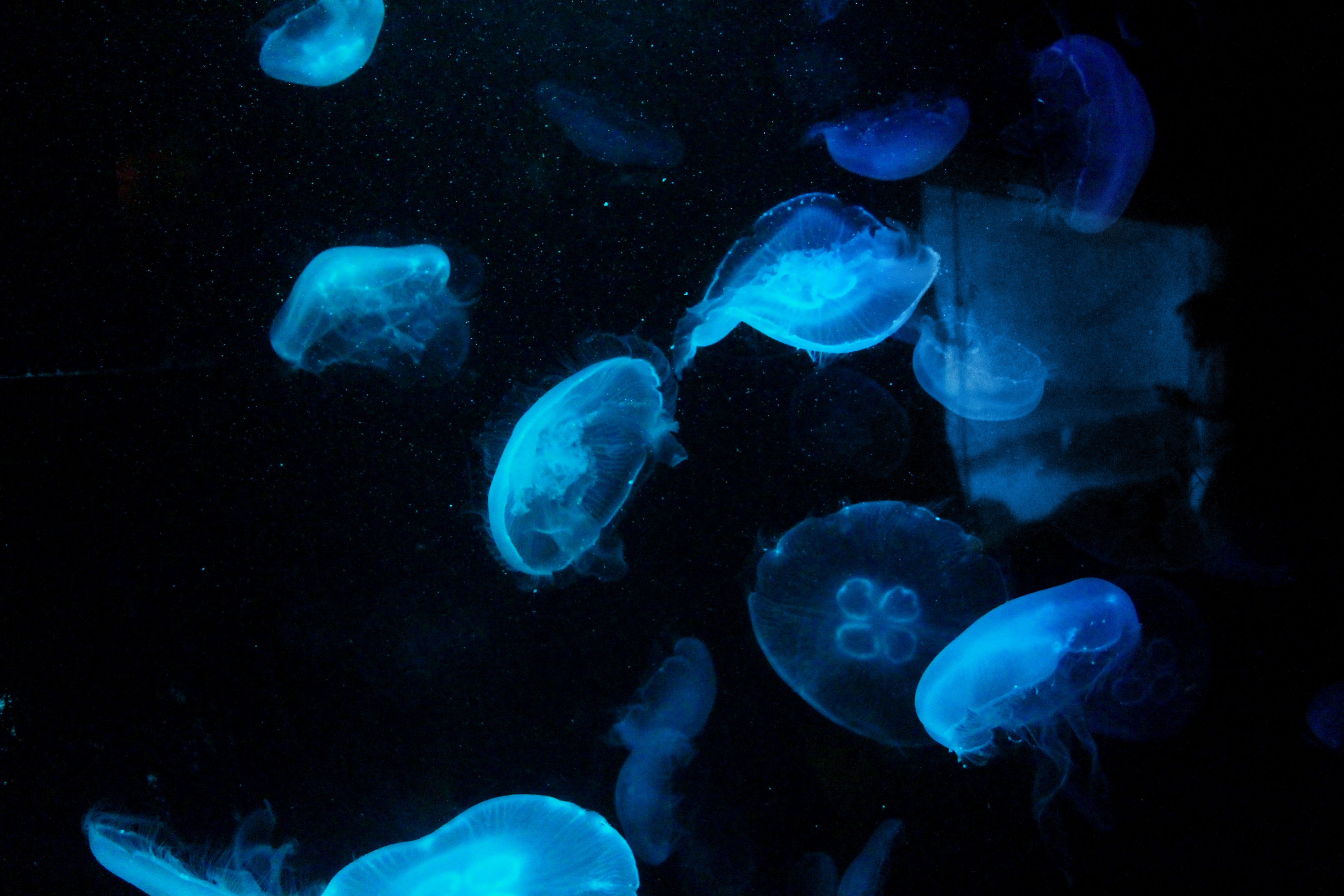Now you see me, now you don’t: Fluorescent tagging membranes

At a Glance
Discipline
- STEM
- Biology
Instructional Level
- College & CEGEP
Course
- General Biology II
Tasks in Workflow
Social Plane(s)
- Individual
- Group
Type of Tasks
- Solving problems
- Reading
- Taking a quiz & test
Technical Details
Useful Technologies
- Clicker System
- Interactive Whiteboard
- Computers
- Whiteboards
Time
- Single class period (< 90 mins)
Instructional Purpose
- Assessment & knowledge refinement
Overview
The cellular membrane of living organisms play an important role in overall cell function. In this mini case study, students will gain an in depth understanding of cell membrane fluidity, in turn allowing for a deeper understanding of cell membrane structure and function.
Students will use their knowledge on cell membranes to explore the effects of fluorescent tags placed on a membrane which will allow for a better understanding of the fluid mosaic model. With the use of graphing students will understanding the relationship between cholesterol and the membrane. Students will also explore the location of membrane proteins by placing them in the appropriate location on a visual cell membrane.
This mini case study uses the flipped classroom strategy where students will prepare by watching videos, completing assigned readings and taking a quiz before entering the classroom. The instructor can use just in time teaching (JITT) by using the quiz results to alter the in-class material.
Within the classroom the students are split into groups and complete two assignments on membrane fluidity and structure. The assignment will be followed by some multiple choice clicker questions. The students will have applied their knowledge on cell membrane fluidity to understand cell membrane structure and how this structure affects cell function.
Instructional Objectives
- To understand the chemical components of a biological membrane, and factors that affect the fluidity of a membrane;
- Students learn about the fluid mosaic model, cell structure, cell function and about cellular transport (active transport, exocytosis, endocystosis etc).
Workflow & Materials

Activity Workflow
Applied Strategies
Published: 13/06/2019
Copyright: © 2025 Awad. This is an open-access article distributed under the terms of the Creative Commons Attribution License (CC BY). The use, distribution or reproduction in other forums is permitted, provided the original author(s) and the copyright owner(s) are credited and that the original publication on this website is cited, in accordance with accepted academic practice. No use, distribution or reproduction is permitted which does not comply with these terms.


